Alentejo Escapade: A Journey Through Time and Tradition

How to get there:
By Car: Renting a car offers the flexibility to explore Alentejo at your own pace. Portuguese roads are well-maintained, ensuring a smooth journey from major cities like Lisbon, Porto, and Coimbra. Public transportation in the region is limited, so a car is the best option to access rural areas and more remote attractions.
By Bus: Buses are a reliable option for those who prefer a comfortable and scenic route. Several bus companies operate regular services to the main cities of Alentejo from major urban centers, offering an economical and convenient way to travel. Bus stations are usually well-located, making it easy to access the attractions mentioned in this guide.
By Train: Although trains are available, they can be more expensive and time-consuming compared to other transportation options. However, if you enjoy a leisurely journey and wish to savor the Portuguese landscapes, this can be a unique experience. Keep in mind that direct trains are limited and some stations are located far from city centers.
Motorhome: Renting a motorhome can be a fantastic way to explore Alentejo, offering freedom and flexibility. Check out our guide for tips on how to rent a motorhome and explore Europe in comfort:
Embark on a journey through the picturesque landscapes and charming towns of Alentejo, immersing yourself in the rich culture and history of this captivating region. From medieval castles to quaint villages, each destination offers a unique experience waiting to be discovered.
Abrantes: Gateway to Alentejo
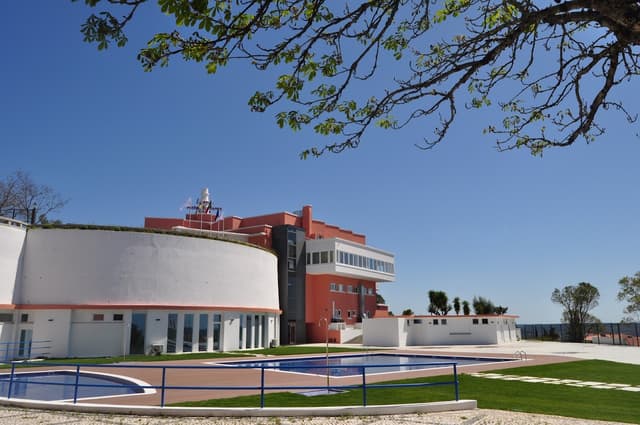
Parked alongside the tranquil river, we savored the serene ambiance of Abrantes. We couldn't resist trying "Palha de Abrantes," an irresistible regional delicacy. The cobblestone streets and medieval architecture of the historic center beckoned us to explore further.
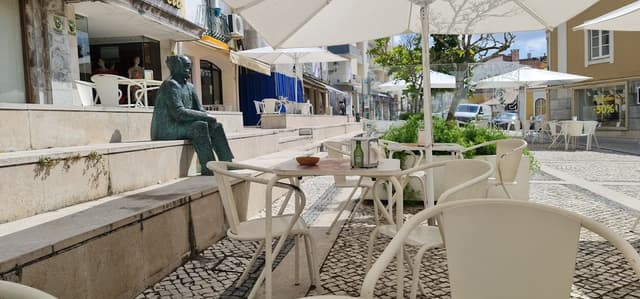
Don't miss the opportunity to visit the free-entry castle, offering breathtaking views of the surrounding landscape. In just one day, we absorbed the unique atmosphere of Abrantes, a perfect starting point for our journey through Alentejo.
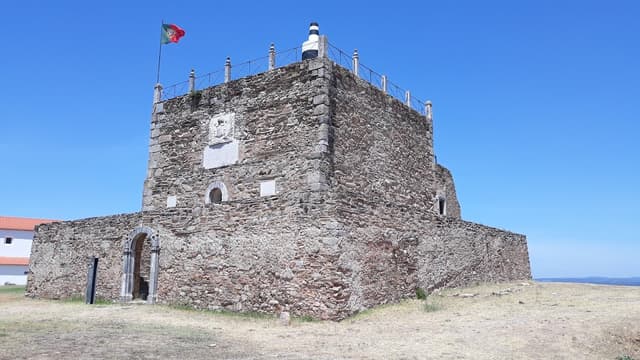
Sousel: Taste of Tradition
Sousel holds the distinction of being the capital of lamb. Indulge in this local specialty and savor the flavors of authentic Alentejo cuisine.
Experience the warmth of Portuguese hospitality with a delightful dinner at "O Pinguinhas," where traditional flavors come to life in every dish. Sousel offers a taste of authentic village life, providing a refreshing contrast to bustling city centers.

Elvas: Fortress of History
Explore the imposing fortress, a UNESCO World Heritage Site, and marvel at its impressive architecture and panoramic views. Elvas also boasts a rich military history, with well-preserved fortifications and underground passages.
Located in Elvas, Portugal, this fortress took 29 years to build during the 17th century and is considered one of the most impressive works of military engineering in Europe. Spanning an area of approximately 10 hectares, it holds the distinction of being the largest fortress in the world. Offering a breathtaking vista of the surrounding landscape, it's a must-visit stop for history and architecture enthusiasts alike.
Within the fortress, the iconic yellow house served as the residence of the governor during its military occupation. Today, it stands as a symbol of the fortress's historical significance and provides a fascinating glimpse into the lives of those who once governed this strategic stronghold.

Badajoz: Sunset Soiree
Sip on refreshing drinks while admiring the sunset at La Rana Loca before strolling through the city center. End your day with a memorable dining experience at "El Silencio," known for its traditional Spanish cuisine and cozy atmosphere. Badajoz also offers a vibrant cultural scene, with museums, theaters, and festivals throughout the year.
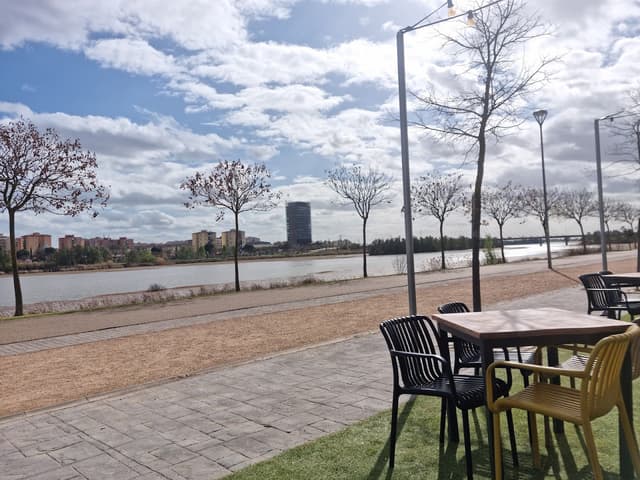
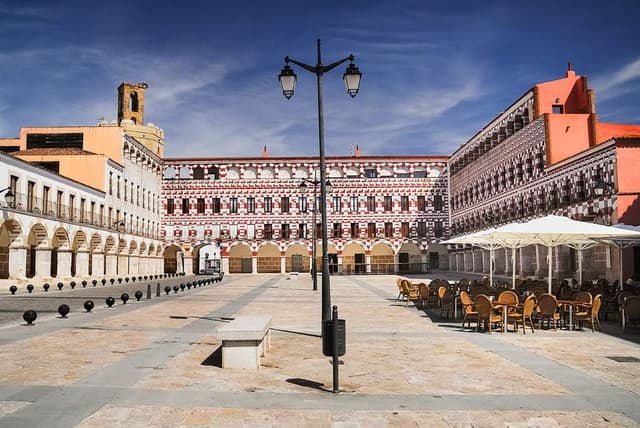
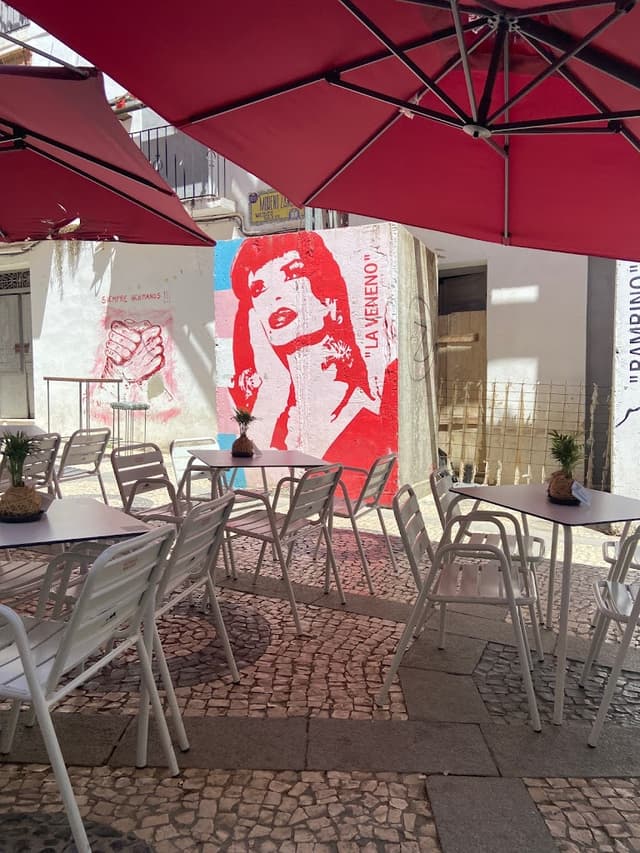
Estremoz: Gastronomic Gem
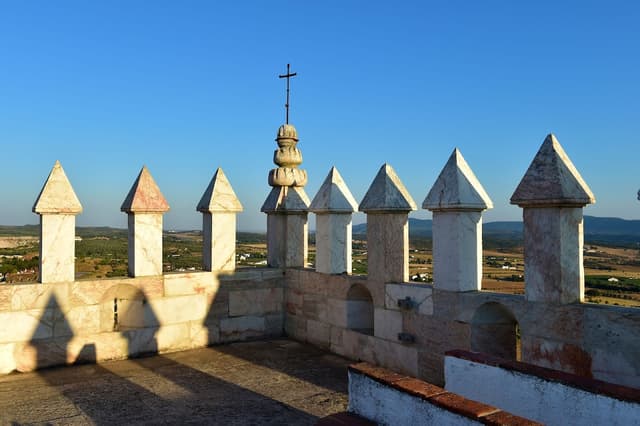
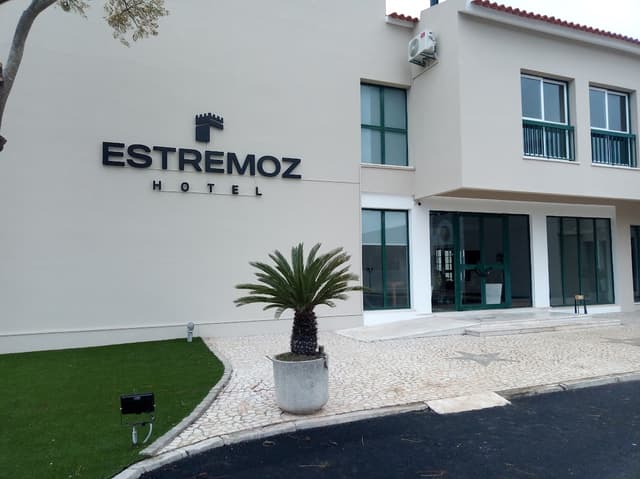
Treat yourself to an unforgettable dining experience at "Mercearia Gadanha," renowned as the best restaurant in the Alentejo region for its exquisite cuisine. Estremoz is also famous for its marble quarries and traditional pottery, making it a must-visit destination for art and history enthusiasts.
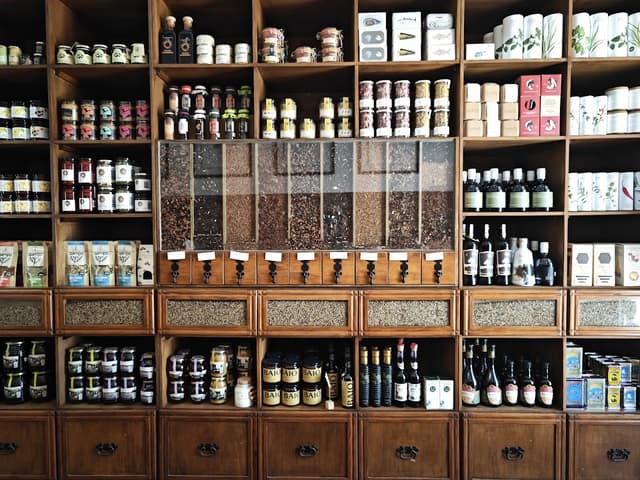
Arraiolos: Castle Charm
Explore the historic castle of Arraiolos, built in 1306 and boasting a unique circular design that sets it apart as one of the most rare castles of its kind in the world. This architectural gem is a testament to the region's rich heritage and architectural prowess. The town of Arraiolos is also renowned for its handmade carpets, crafted using centuries-old techniques, and its charming white-washed houses.
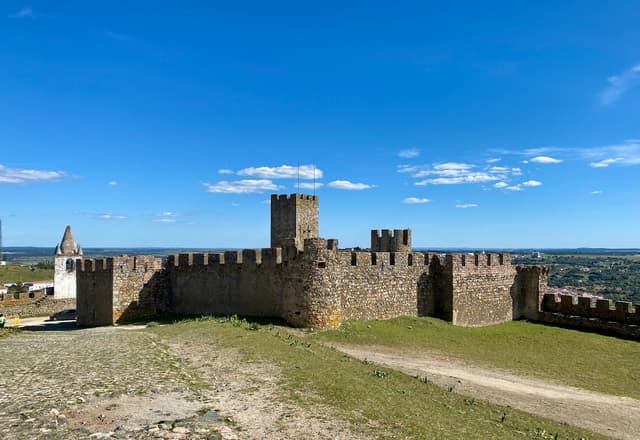
Montemor-o-Novo: Castle Retreat
Spend a few nights near the castle, soaking in the stunning views of Montemor-o-Novo. Don't miss the opportunity to visit the "Feira da Luz" if you're in town during the first weekend of September. Montemor-o-Novo also offers a wealth of cultural attractions, including art galleries, theaters, and music festivals.
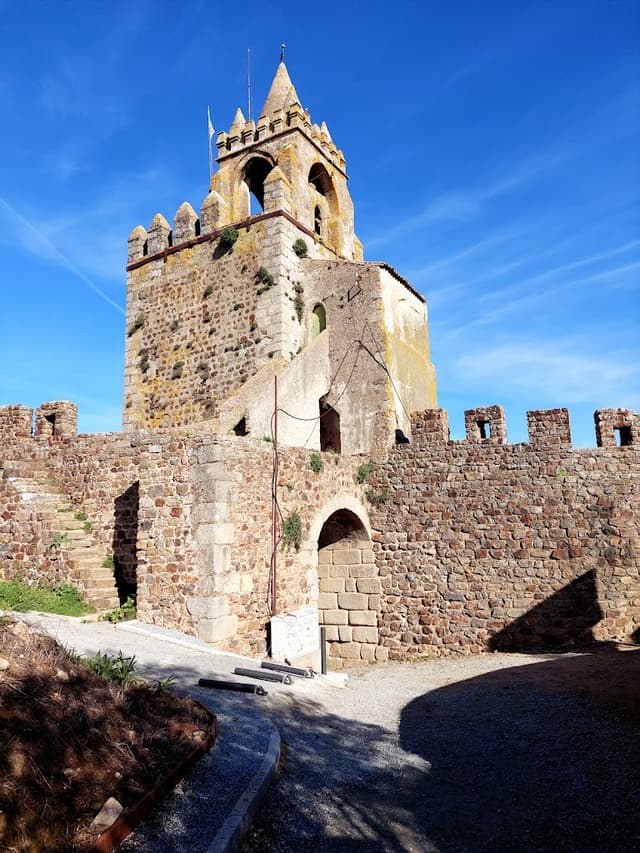
Aljustrel: Castle and Reservoir
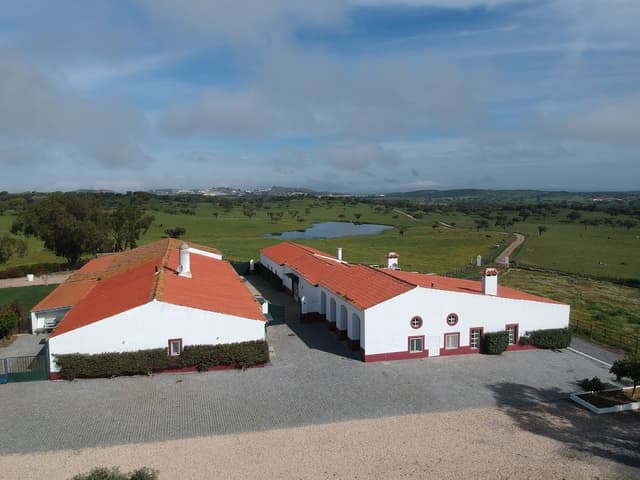
Explore the ancient Aljustrel castle and marvel at the beauty of Barragem do Roxo, a picturesque reservoir nestled in the Alentejo landscape. Aljustrel is also known for its mining heritage, with remnants of ancient mines and mining museums to explore.
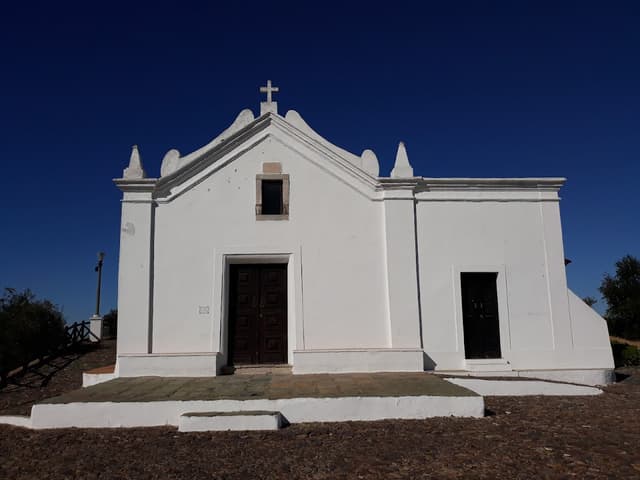
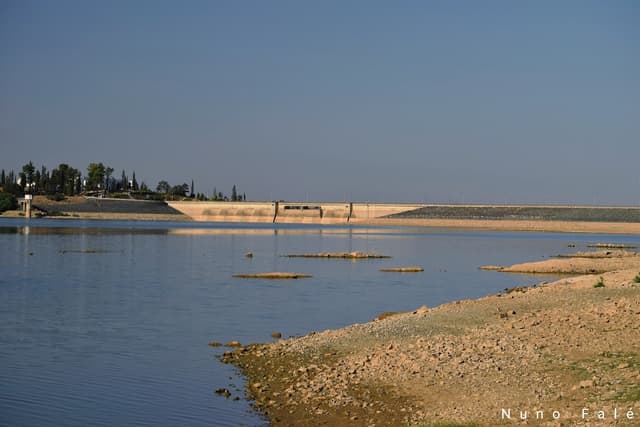
Castro Verde: Windmill Wanderings
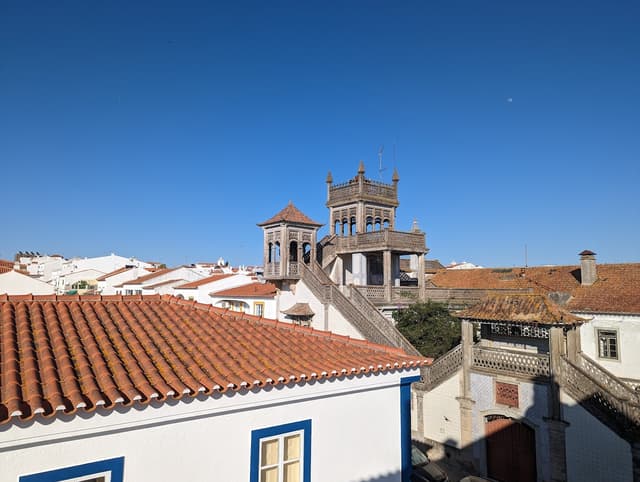
Park by the windmill and take a leisurely stroll through the city streets. Castro Verde is also renowned for its rich biodiversity, with the nearby Castro Verde Special Protection Area offering excellent birdwatching opportunities.
Don't forget to indulge in the delicious gila puff pastry, a local delicacy that reflects the culinary traditions of Castro Verde. Whether enjoyed as a snack or dessert, the gila puff pastry is sure to delight your taste buds and provide a memorable culinary experience.
Castro Verde is also home to a charming windmill park, where visitors can learn about the region's agricultural history and traditional methods of grain milling. The park offers a picturesque setting for leisurely walks and picnics, with the iconic windmills adding to the area's rustic charm.
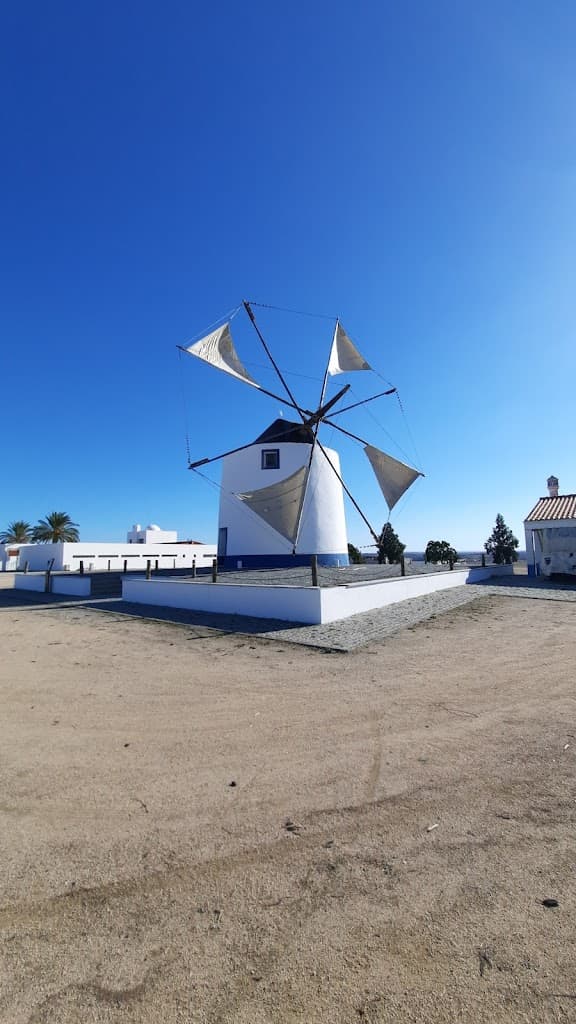
The Royal Basilica in Castro Verde stands as a testament to the region's rich history and cultural heritage. Rebuilt during the first half of the 18th century, this majestic basilica pays homage to the historic Battle of Ourique. Fought in 1139, the Battle of Ourique is a pivotal moment in Portuguese history, where Afonso I, the first King of Portugal, claimed victory against the Moors. The Royal Basilica serves as a sacred monument, commemorating this significant event and honoring the bravery and resilience of the Portuguese people.
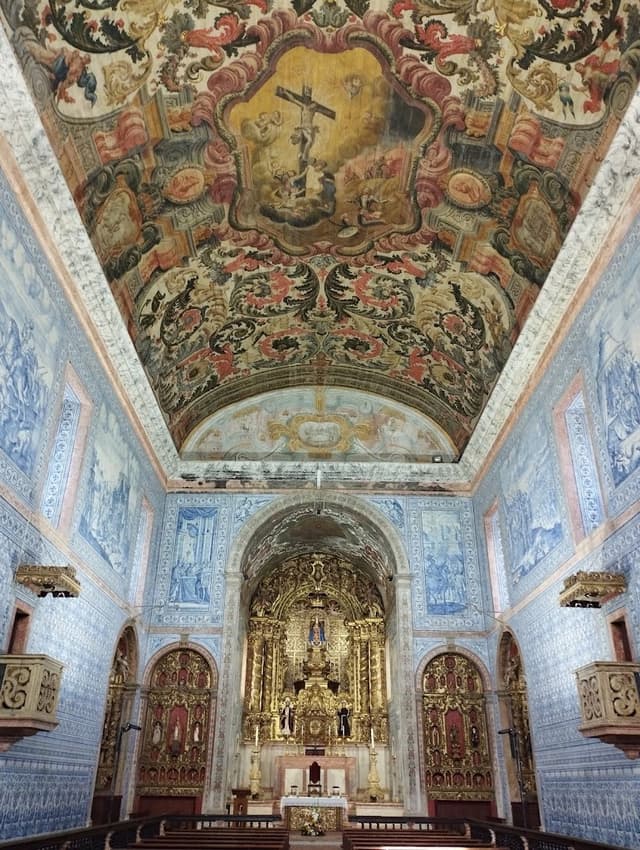
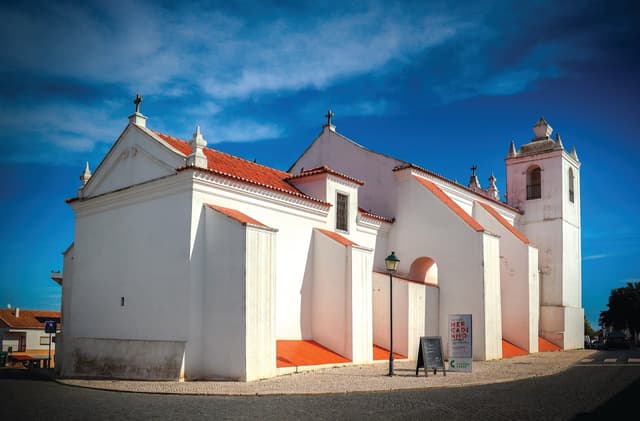
Located in Castro Verde, Casa Dona Maria is a historic mansion that serves as a symbol of the region's rich architectural heritage. While its exact role in marking the arrival of cement in construction may not be confirmed, Casa Dona Maria remains a notable landmark, showcasing traditional Portuguese architecture and craftsmanship. Visitors can admire its elegant façade and explore its interior, which may offer insights into the lifestyle of affluent families in the past.
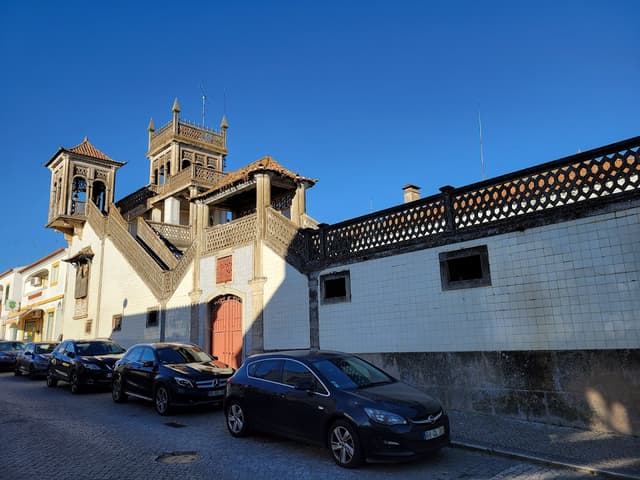
As we conclude our exploration of Alentejo, we reflect on the diverse landscapes, rich history, and unforgettable experiences that have unfolded across this enchanting region. From the ancient streets of Évora to the tranquil countryside of Montemor-o-Novo, each stop has offered a glimpse into the soul of Alentejo, leaving an indelible mark on our memories.
The home for unique & authentic travel




